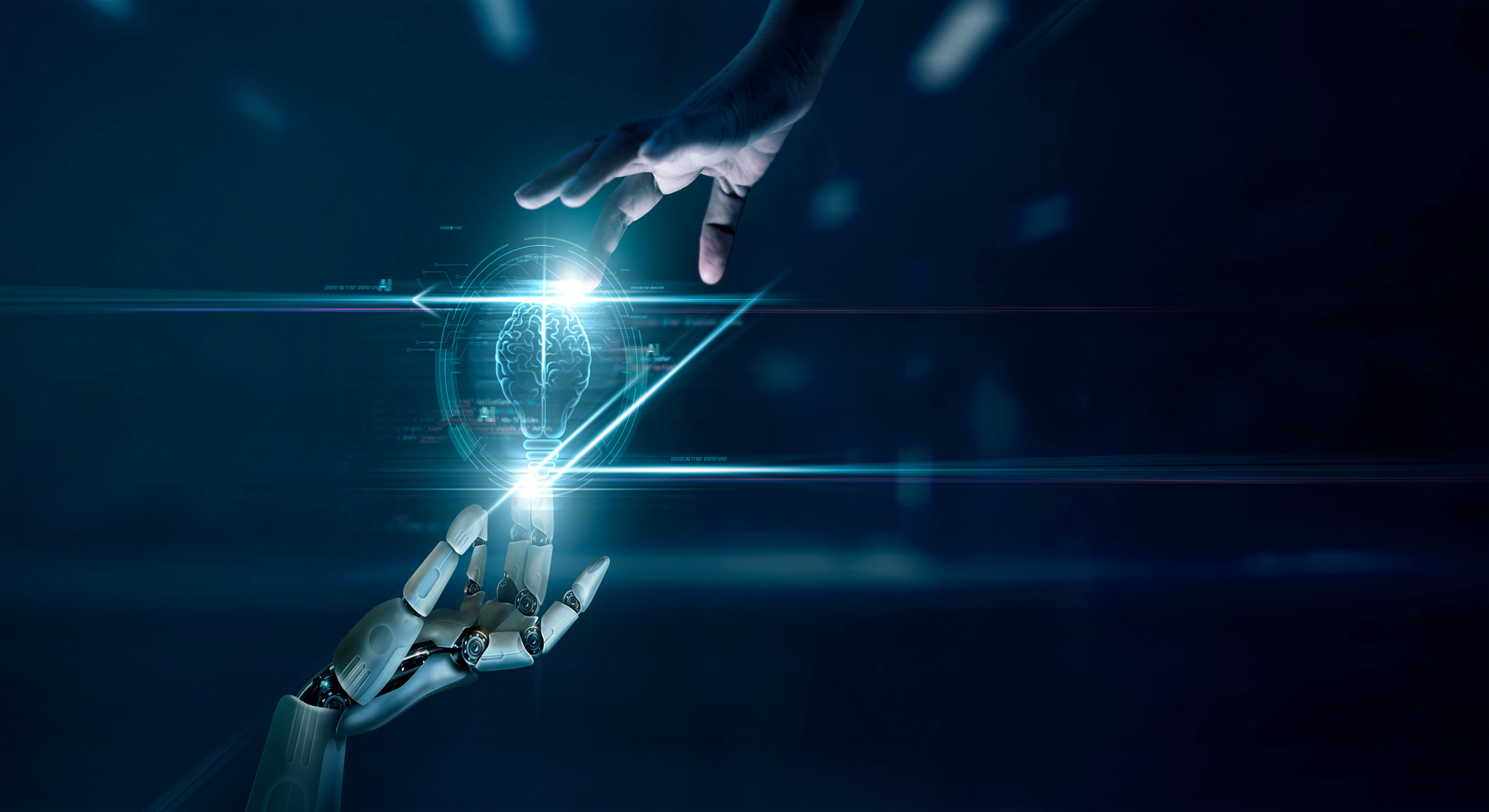
30 Jan The role of the internet of things in the everyday digital revolution
The digital revolution isn’t confined to professional environments, large industrial developments, or hubs of computational innovation. Our daily lives have been enriched by technological advancements of a smaller scale, providing us with quality of life, convenience, knowledge, and entertainment, among other benefits. In this vein, the Internet of Things (IoT) has been transforming our relationship with technology and devices for years, offering a brighter future through innovations that may seem modest but have significant impact.
The Internet of Things (IoT) and smart cities
The Internet of Things (IoT) refers to a diverse ecosystem of devices that not only connect to the Internet to function but also communicate with each other to share information when necessary.
Imagine a network of connected devices capable of “talking” to one another. Now, extend this vision to include not just screens but also household appliances, vehicles, traffic signals, energy and waste management systems, drones, buildings, water treatment plants, surgical machines, phone switchboards, and autonomous systems of every kind.
When all these elements come together, they form the foundation of a smart city. While we are still far from achieving the pinnacle of this technological revolution, the development of IoT is already significant, particularly in areas such as autonomous driving and industrial automation.
The digital revolution in the workplace thanks to IoT
IoT is also reshaping the workplace, marking a growing trend. Smart factories use sensors to optimize production processes and minimize downtime, while connected devices in offices manage energy usage and enhance employee experiences.
In factories requiring efficient production lines, robots can connect to networks to adjust their production levels based on real-time data from inventory, order volumes, or incoming components.
Environmental protection: an ally for sustainability
In the realm of sustainability, IoT plays a crucial role in combating climate change. Smart sensors monitor air and water quality, enabling authorities and environmental managers to take preventive measures and minimize environmental impact.
In agriculture, IoT facilitates efficient resource use through technologies like smart irrigation and semi-automated planting. These systems optimize water consumption and seed distribution based on soil characteristics and crop requirements. Additionally, connected devices help track supply chains, reduce food waste, and streamline logistics.
Challenges of the Internet of things
Despite its many benefits, IoT faces significant challenges that need to be addressed to unlock its full potential. One of the most pressing issues is data security. With millions of connected devices, breaches in data protection can have severe consequences for users and organizations.
Interoperability among different devices and platforms is another hurdle. The absence of universal standards—at least for now—complicates the integration and operation of connected systems from various manufacturers. Furthermore, the high initial investment required for implementing IoT solutions can pose a barrier to widespread adoption.
Even with these challenges, the benefits of integrating IoT into daily life are undeniable. From enhancing quality of life by reducing routine tasks to simplifying device usage with AI-powered virtual assistants, the normalization of connected systems promises a positive future.

